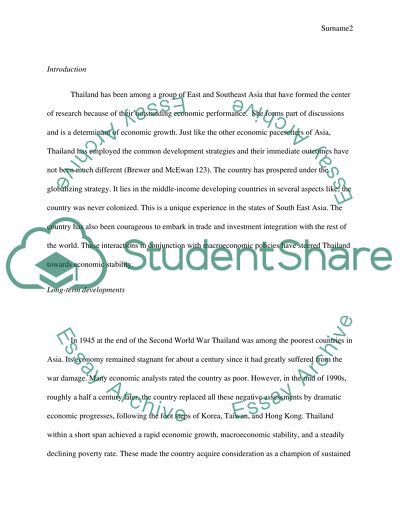Cite this document
(“Thailand Research Paper Example | Topics and Well Written Essays - 3000 words”, n.d.)
Retrieved from https://studentshare.org/macro-microeconomics/1398663-thailand
Retrieved from https://studentshare.org/macro-microeconomics/1398663-thailand
(Thailand Research Paper Example | Topics and Well Written Essays - 3000 Words)
https://studentshare.org/macro-microeconomics/1398663-thailand.
https://studentshare.org/macro-microeconomics/1398663-thailand.
“Thailand Research Paper Example | Topics and Well Written Essays - 3000 Words”, n.d. https://studentshare.org/macro-microeconomics/1398663-thailand.


